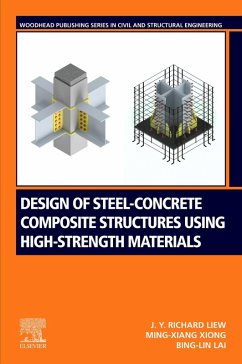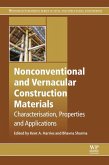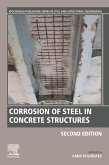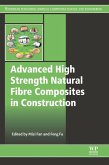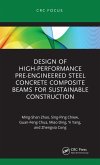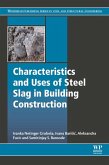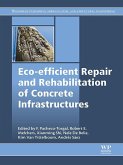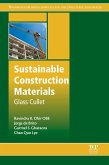Design of Steel-Concrete Composite Structures Using High Strength Materials provides guidance on the design of composite steel-concrete structures using combined high-strength concretes and steels. The book includes a database of over 2,500 test results on composite columns to evaluate design methods, and presents calculations to determine critical parameters affecting the strength and ductility of high-strength composite columns. Finally, the book proposes design methods for axial-moment interaction curves in composite columns. This allows a unified approach to the design of columns with normal- and high-strength steel concrete materials.
This book offers civil engineers, structural engineers, and researchers studying the mechanical performance of composite structures in the use of high-strength materials to design and construct advanced tall buildings.
- Presents the design and construction of composite structures using high-strength concrete and high-strength steel, complementing and extending Eurocode 4 standards
- Addresses a gap in design codes in the USA, China, Europe and Japan to cover composite structures using high-strength concrete and steel in a comprehensive way
- Gives insight into the design of concrete-filled steel tubes and concrete-encased steel members
- Suggests a unified approach to designing columns with normal- and high-strength steel and concrete
Dieser Download kann aus rechtlichen Gründen nur mit Rechnungsadresse in A, B, BG, CY, CZ, D, DK, EW, E, FIN, F, GR, HR, H, IRL, I, LT, L, LR, M, NL, PL, P, R, S, SLO, SK ausgeliefert werden.

